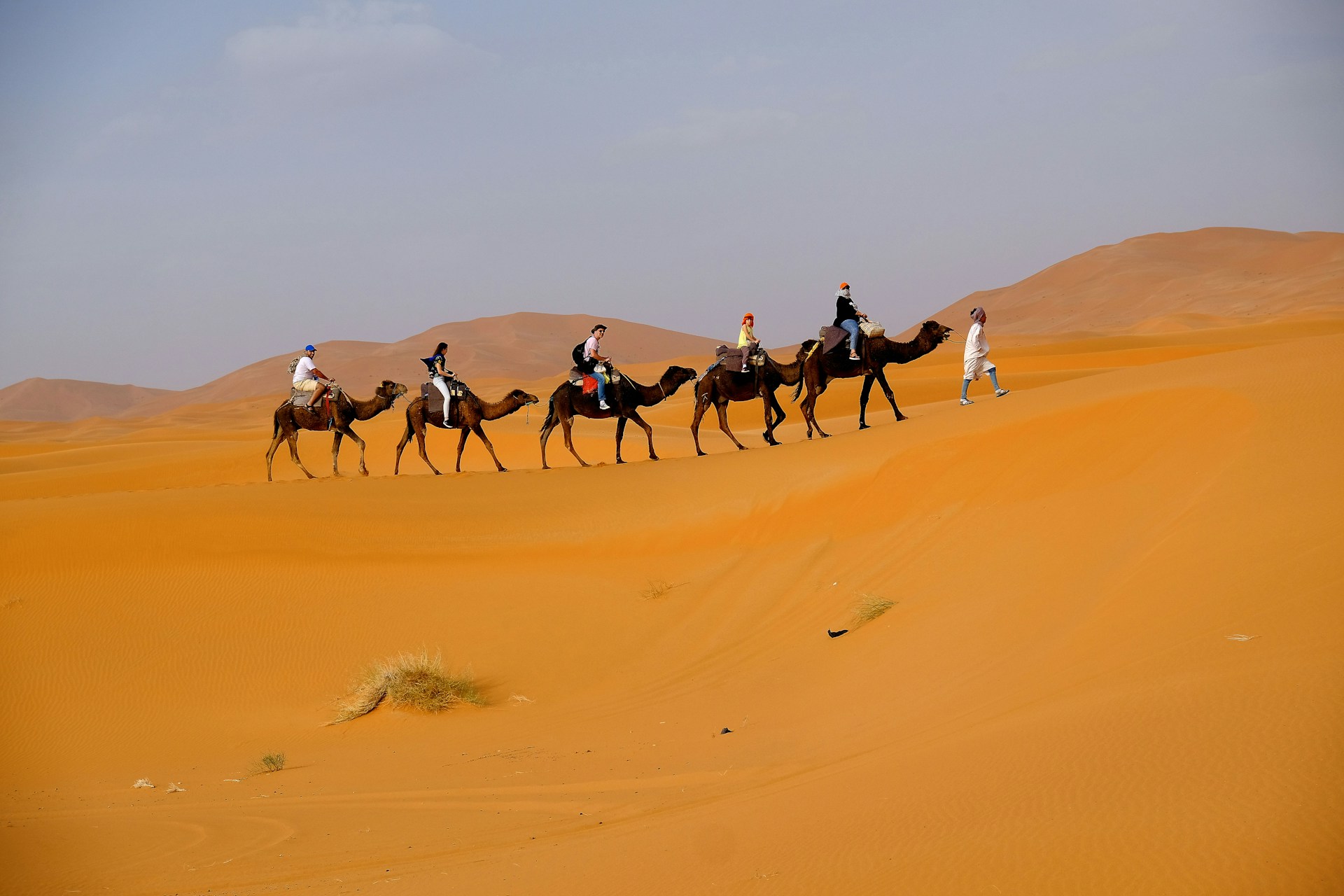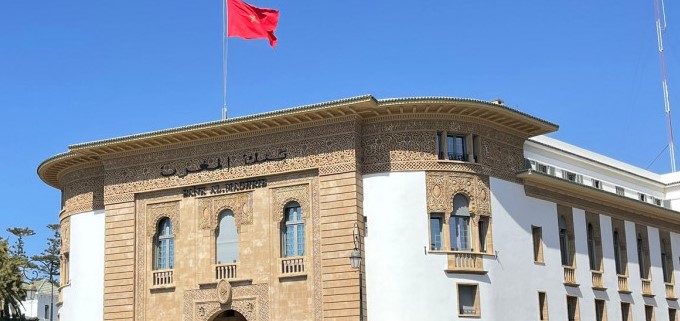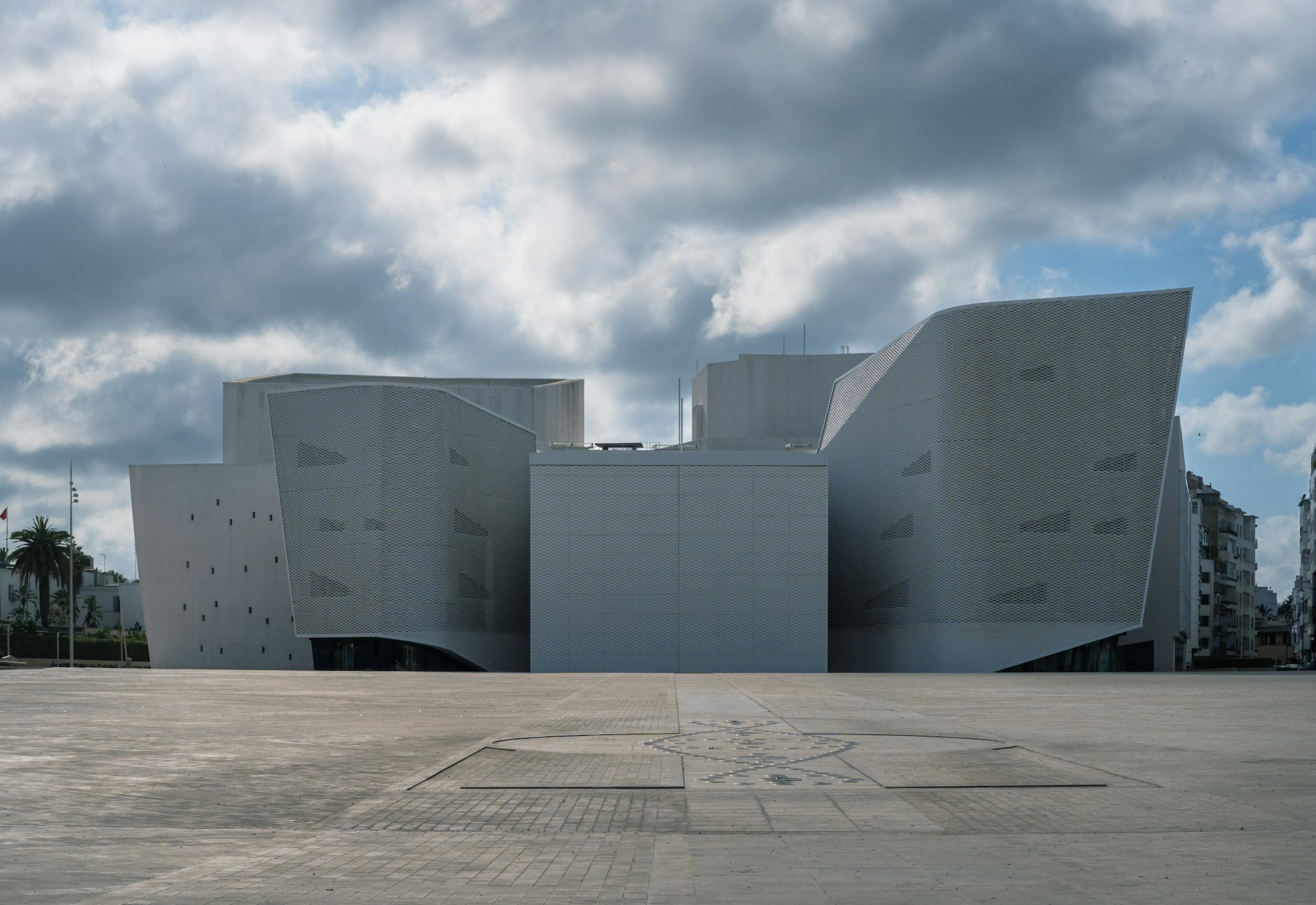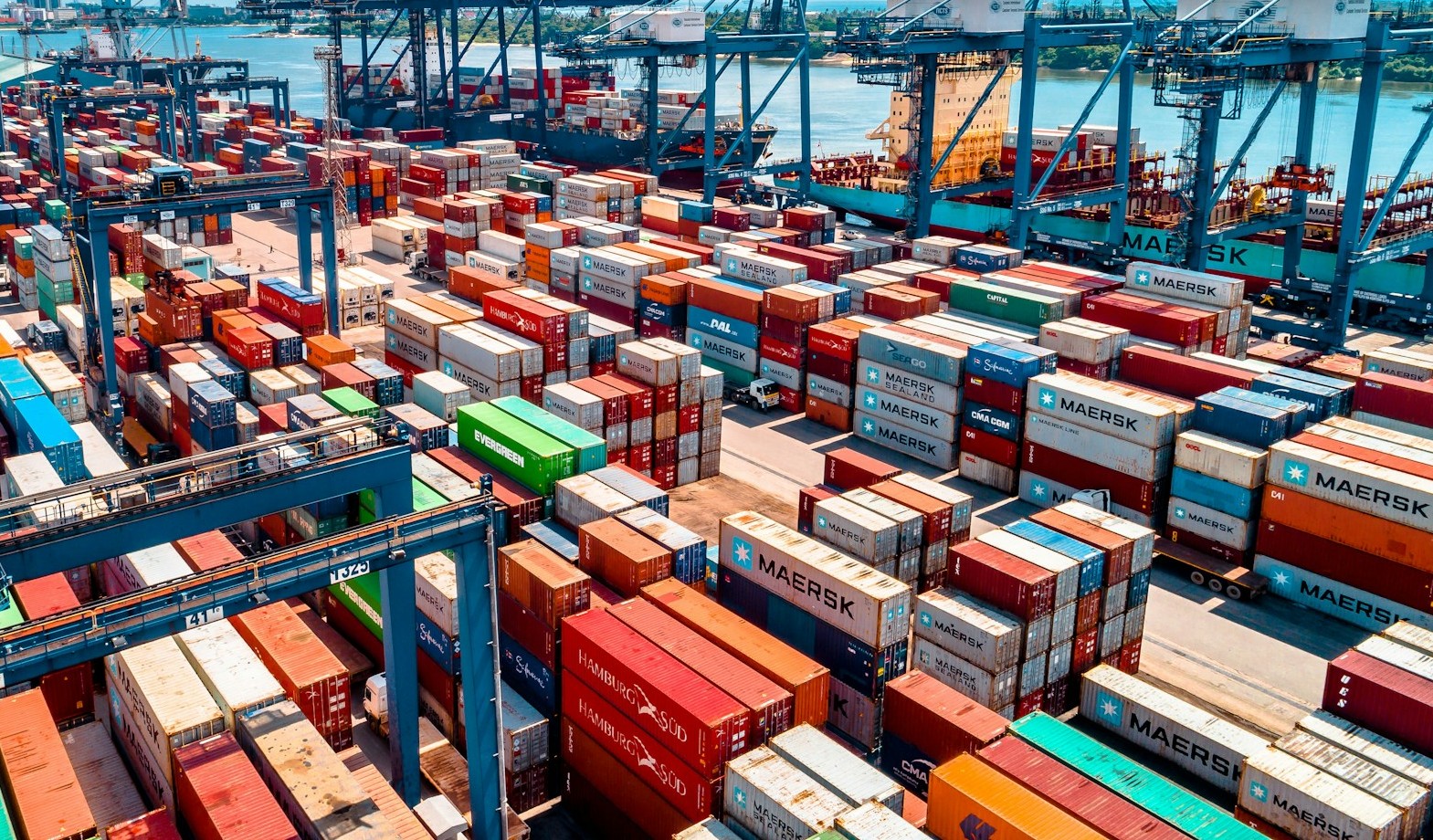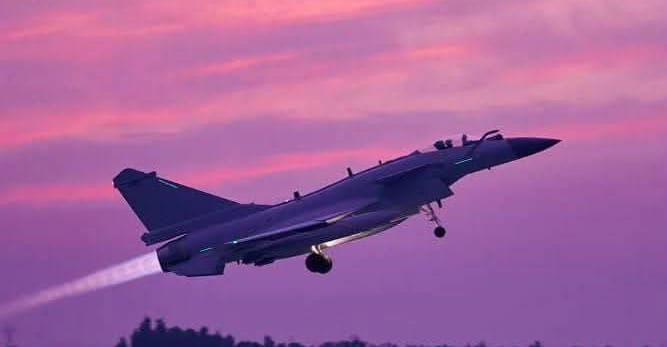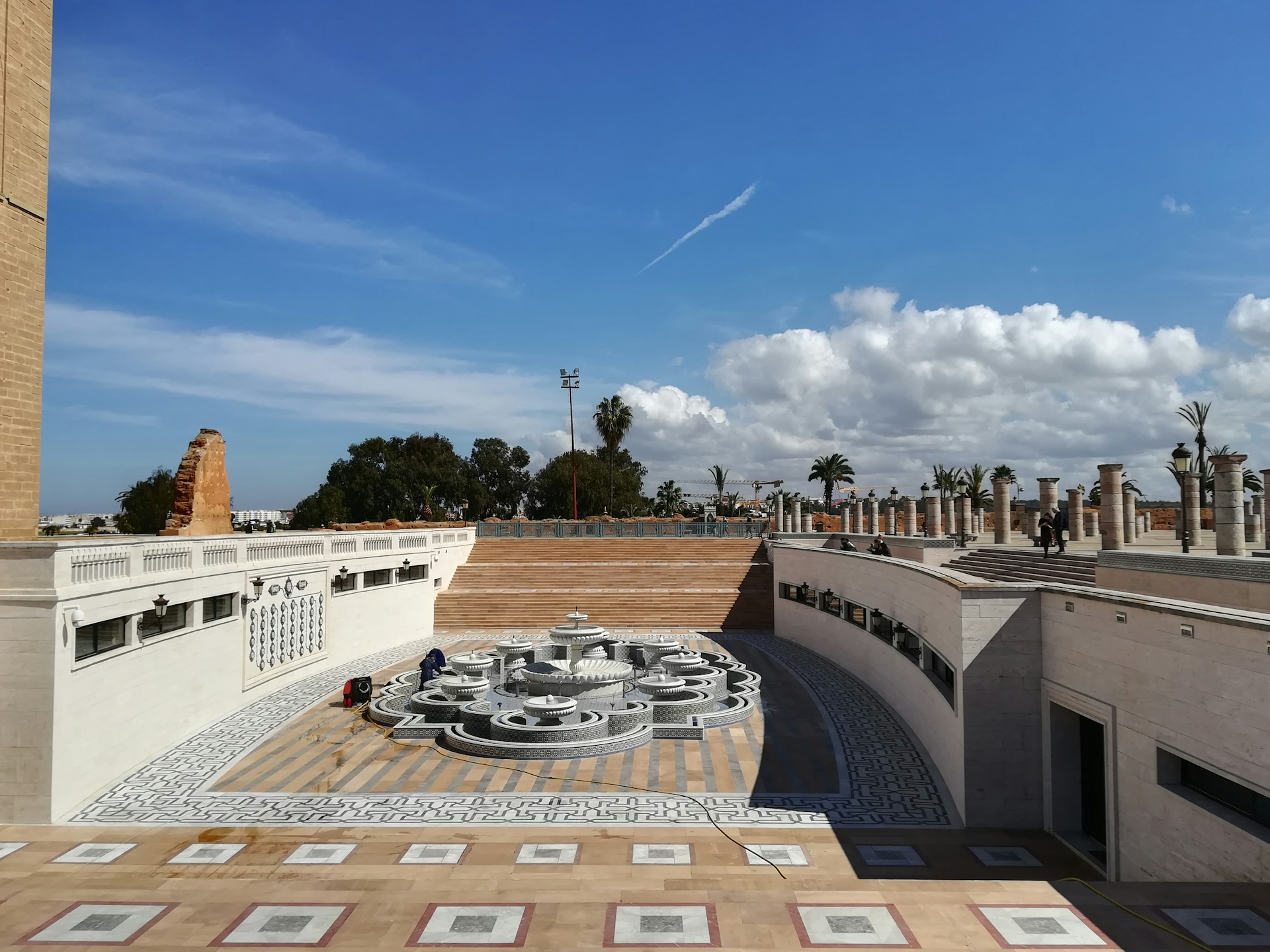Casablanca – Morocco’s tourism sector is demonstrating remarkable resilience and growth in 2025, positioning the Kingdom as a leading destination in Africa, the Middle East, and increasingly on the global stage. According to the latest reports from the Ministry of Tourism, Handicrafts, and Social and Solidarity Economy, Morocco has already surpassed $10.3 billion in foreign currency revenues by the end of September, with nearly 15 million tourists arriving in the first nine months of the year. This represents a 15% increase in revenues and visitor numbers compared to the same period in 2024, underscoring a robust recovery following the post-pandemic period.
The sector’s 19% growth rate in Morocco far exceeds the 5% global average, highlighting the country’s strong performance in the tourism industry. With these results, Morocco now ranks first in Africa and the Arab world, and 13th globally among the world’s top 20 international tourist destinations. This success reflects sustained strategic planning, effective promotion of the country as a destination, and targeted investments to improve infrastructure and connectivity.
Looking ahead, Morocco is aiming even higher. The Tourism Roadmap 2026 sets ambitious targets: 17.5 million visitors annually, $12.4 billion in foreign currency revenues, and 200,000 new direct and indirect jobs in the tourism sector. Recent trends suggest that these targets are within reach, and with the year not yet over, Morocco is on course to break additional records.
A key factor driving this growth is the expansion of Morocco’s aviation network. The Ministry of Tourism has launched 20 new air routes and increased airline seat capacity by 11%, making the country more accessible to international travelers. In parallel, partnerships with major tour operators and travel agencies have attracted 2.6 million visitors and generated approximately 9 million overnight stays, further boosting tourism performance.
Investments in the sector have also seen significant growth. By the end of 2025, total tourism investments are projected to reach $980 million, including initiatives to modernize and upgrade hotel infrastructure through the “Cap Hospitality” program. This program has received over 90 investment applications, representing 14,000 hotel rooms and a total investment value of $720 million, with around 60 projects already approved. These efforts are aimed at improving service quality, diversifying tourism offerings, and enhancing Morocco’s appeal as a premium destination.
Sports and culture continue to play a supporting role in Morocco’s tourism growth. The strong performances of the national football teams, particularly the Atlas Lions, have contributed to raising Morocco’s international profile, attracting fans and tourists alike. The country’s cultural diversity, historical landmarks, and natural attractions further complement this appeal, creating a well-rounded tourism offering that draws global attention.
Looking beyond 2025, Morocco is targeting 18 million tourists and $13.4 billion in revenues for the full year. By 2030, the Kingdom aims to attract 26 million visitors, positioning itself among the top 10 global tourism destinations. Achieving this vision will depend on continued investments in infrastructure, further expansion of air connectivity, and strengthened partnerships with international tour operators, online travel agencies, and other stakeholders in the tourism ecosystem.
Experts highlight that Morocco’s success is the result of coordinated public and private sector efforts, combining strategic planning, investment incentives, and targeted marketing campaigns. The focus on high-quality service standards, hotel modernization, and sustainable tourism development ensures that growth benefits both local communities and the national economy.
Morocco’s tourism sector in 2025 is on track to achieve record-breaking results, supported by strong growth in arrivals, revenues, and investments. With a clear roadmap toward 2026 and beyond, the Kingdom is reinforcing its position as a competitive, attractive, and resilient global tourist destination, demonstrating the potential of North Africa as a hub for international travel.






